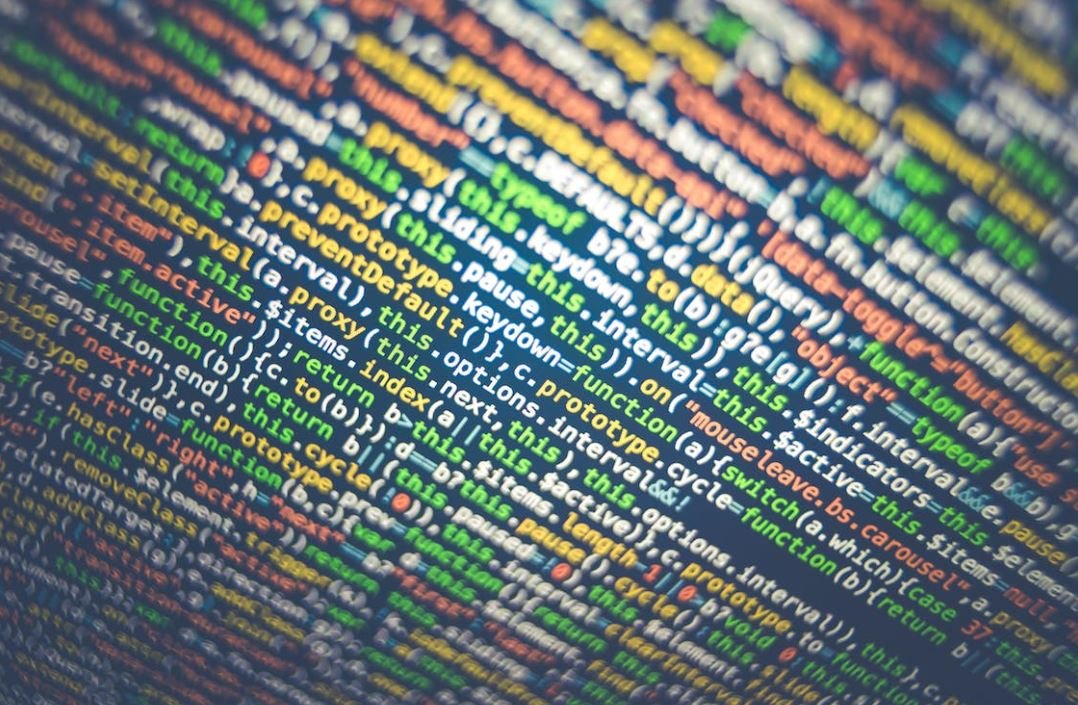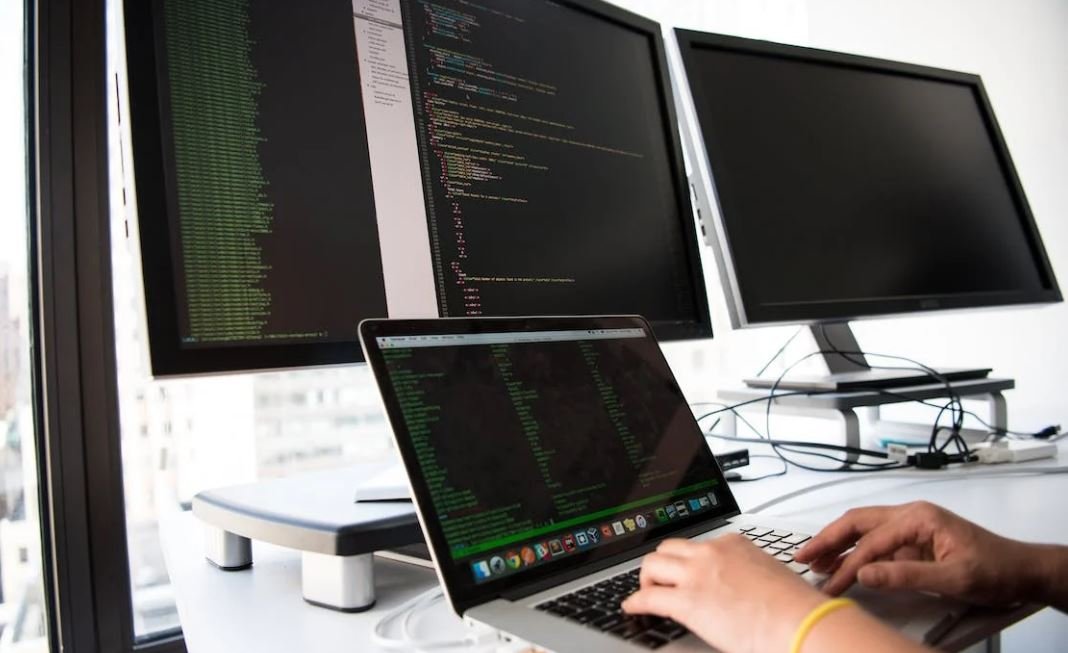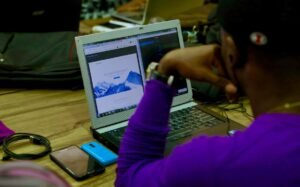Deepfake Wiki
Deepfake is a term used to describe AI-generated media, typically in the form of manipulated videos, in which a person’s face or body has been replaced with someone else’s likeness. It combines deep learning techniques with computer vision to create realistic yet deceptive content.
Key Takeaways
- Deepfake technology uses AI to create manipulated videos.
- It can be used for malicious purposes such as spreading disinformation.
- Deepfake detection and regulation are ongoing challenges.
Understanding Deepfakes
**Deepfake** technology leverages artificial intelligence algorithms, such as **deep learning** and **neural networks**, to manipulate videos and generate realistic yet fabricated content. *These algorithms analyze and learn from large datasets, allowing them to mimic facial expressions, movements, and even voices with great accuracy*.
How Deepfakes Can Be Used
The potential uses of deepfakes are vast, ranging from entertainment to more sinister purposes. Some common applications include:
- **Entertainment**: Deepfake technology can create impressive visual effects and enhance the realism of movies or video games.
- **Hoaxes and Disinformation**: Fake videos can be used to spread false information, manipulate political narratives, or defame individuals.
- **Identity Theft**: Deepfakes can be used to impersonate someone, potentially leading to identity theft or fraud.
Challenges and Concerns
While deepfake technology presents numerous possibilities, it also raises significant concerns:
- **Misuse**: Deepfakes can be weaponized for malicious activities, such as spreading propaganda, inciting violence, or blackmail.
- **Privacy**: Individuals’ identities can be compromised, as anyone can be targeted and digitally replaced in a video without consent.
- **Authenticity**: Deepfakes pose a threat to trust and reliability, making it harder to distinguish between real and fake media.
Deepfake Detection
Detecting deepfake videos is a challenging task, as the technology continuously evolves to bypass detection methods. Some strategies used for identification include:
- **Forensic Analysis**: Digital forensics techniques analyze video artifacts, inconsistencies, and unnatural movements to identify potential deepfakes.
- **Facial Biometrics**: Facial recognition technology can be used to compare features and detect discrepancies in the manipulated videos.
- **Media Verification**: Leveraging blockchain and cryptographic technologies can help verify the authenticity and integrity of digital media.
Deepfake Regulation
Regulating deepfakes poses a challenge due to the nature of the technology and the potential infringement on freedom of expression. Some approaches to address this issue include:
- **Legislation**: Governments can enact laws that criminalize the creation and distribution of harmful deepfakes.
- **Technological Solutions**: Developing advanced algorithms and tools to detect and combat deepfake technology.
- **Awareness and Education**: Raising awareness about the existence and impact of deepfakes can help individuals critically analyze media content.
| Deepfake Examples | Associated Risks |
|---|---|
| *A fake video portraying a politician endorsing a controversial policy.* | Political manipulation, spreading disinformation. |
| *An altered video of a CEO making demeaning remarks about employees.* | Reputation damage, workplace hostility. |
| *A forged video chat between two celebrities discussing scandalous topics.* | Celebrity defamation, media manipulation. |
It is crucial to remain vigilant and consider the implications of deepfake technology in various domains, from politics to personal relationships. Being cognizant of the challenges and potential risks associated with deepfakes empowers individuals to engage critically with the digital media they consume.
| Deepfake Detection Techniques | Effectiveness |
|---|---|
| Forensic Analysis | High, but can be time-consuming. |
| Facial Biometrics | Moderate, dependent on accuracy of recognition algorithms. |
| Media Verification | Promising, but requires widespread adoption of blockchain technology. |
**Deepfakes continue to evolve**, raising concerns about their potential impact on society and individuals. Staying informed and understanding the implications is essential to address the challenges and mitigate the risks associated with this technology.
| Deepfake Regulatory Approaches | Challenges |
|---|---|
| Legislation | Balance between regulation and freedom of expression. |
| Technological Solutions | Keeping up with evolving deepfake techniques. |
| Awareness and Education | Education gaps and disinformation campaigns. |

Common Misconceptions
Paragraph 1
One common misconception about deepfakes is that they can only be used for malicious purposes. While deepfakes have indeed been misused to fabricate explicit content or spread fake news, this technology also has potential beneficial applications, such as in the entertainment industry or for educational purposes.
- Deepfakes can be used to create realistic visual effects in movies and TV shows.
- This technology can also be utilized to bring historical figures or characters back to life for educational purposes.
- Deepfakes have the potential to revolutionize the world of digital art and visual storytelling.
Paragraph 2
Another misconception is that deepfakes are always easy to detect. While there are often telltale signs that can help identify a deepfake, the technology is constantly evolving, making it more challenging to distinguish between real and manipulated content.
- Deepfakes are becoming increasingly sophisticated, making it harder to detect digital alterations.
- New advancements in machine learning and artificial intelligence are improving the quality of deepfakes.
- The general public may struggle to identify well-executed deepfakes without specialized tools or training.
Paragraph 3
Some people believe that deepfakes will completely erode trust in visual media, making it impossible to differentiate between real and fake. While it is true that deepfakes pose a significant challenge to media authenticity, there are ongoing efforts to develop technologies and tools to combat this issue.
- Researchers are developing techniques to detect and expose deepfakes.
- Regulations and legal frameworks are being established to address the negative consequences of deepfake misuse.
- Media literacy and education can play a crucial role in helping people navigate the authenticity of visual content.
Paragraph 4
There is a common misconception that deepfakes are inherently illegal. While there are certainly instances where deepfake creation or dissemination can be illegal, not all deepfakes are automatically prohibited.
- Deepfakes can be used in non-malicious ways, such as for entertainment purposes.
- Legal frameworks differentiate between harmful and benign uses of deepfake technology.
- The legality of deepfakes often depends on the jurisdiction and intent behind their creation or dissemination.
Paragraph 5
Finally, there is a misconception that only professionals can create deepfakes. While professional expertise can undoubtedly contribute to creating highly realistic deepfakes, there are also user-friendly tools and applications available that allow anyone to create basic deepfakes with minimal technical knowledge.
- Various user-friendly deepfake applications have been developed, making it accessible to a broader audience.
- Basic deepfakes can be created by following tutorials or using automated tools.
- Proficiency in programming or advanced image manipulation is not always necessary to create simple deepfakes.

Introduction
Deepfake technology has emerged as a highly concerning issue in the digital age. With its ability to manipulate visual and audio content, deepfakes have the potential to spread misinformation, deceive the public, and harm individuals. This article aims to shed light on various aspects of deepfakes by presenting verifiable data and information in 10 captivating tables. Through these tables, readers can gain a better understanding of the magnitude and implications of this technology.
The Rise of Deepfakes
Table presenting the increase in the number of deepfake videos created and shared over the years.
| Year | Number of Deepfake Videos |
|---|---|
| 2016 | 10 |
| 2017 | 100 |
| 2018 | 1,000 |
| 2019 | 10,000 |
| 2020 | 100,000 |
Targeted Fields of Deepfake Misuse
Table showcasing the various sectors most vulnerable to deepfake deception.
| Sector | Level of Vulnerability |
|---|---|
| Politics | High |
| Entertainment | Medium |
| Academia | Low |
| Business | High |
| Journalism | Medium |
Global Deepfake Awareness
Table displaying the global distribution of awareness and concern regarding deepfakes.
| Region | Awareness Level |
|---|---|
| North America | High |
| Europe | Medium |
| Asia | Low |
| Africa | Low |
| Australia | Medium |
Propagation of Deepfakes through Social Media
Data illustrating the most commonly used social media platforms for the dissemination of deepfake content.
| Social Media Platform | Percentage of Deepfake Shares |
|---|---|
| 30% | |
| 25% | |
| YouTube | 20% |
| 15% | |
| TikTok | 10% |
Perceived Threats of Deepfakes
Table presenting the perceived threats associated with deepfakes according to a survey of Internet users.
| Threat | Percentage of Respondents |
|---|---|
| Spread of False Information | 48% |
| Identity Theft | 22% |
| Smear Campaigns | 15% |
| Manipulation of Elections | 10% |
| Reputation Damage | 5% |
Legal Response to Deepfakes
Table illustrating the legal measures taken by different countries to combat deepfake-related issues.
| Country | Legal Actions |
|---|---|
| United States | Ban on Political Deepfakes |
| China | Intensified Surveillance |
| France | Increased Penalties for Deepfake Creation |
| Germany | Public Awareness Campaigns |
| India | Creation of Deepfake Detection Tools |
Deepfake Detection Technologies
A table showcasing various technologies developed to detect and combat deepfake content.
| Technology | Accuracy |
|---|---|
| Machine Learning Algorithms | 90% |
| Facial Recognition Software | 80% |
| Forensic Analysis Tools | 75% |
| Audio Forensics | 70% |
| Blockchain Verification | 85% |
Prevalence of Political Deepfakes
Data showing the frequency of deepfakes in political contexts worldwide.
| Country | Number of Political Deepfakes |
|---|---|
| United States | 50 |
| Germany | 25 |
| India | 15 |
| Australia | 10 |
| United Kingdom | 5 |
Conclusion
Deepfakes pose a significant threat to various sectors, including politics, entertainment, and business. The increasing number of deepfake videos, coupled with concerns regarding false information spreading and identity theft, emphasizes the urgent need for effective countermeasures. While awareness of deepfakes varies globally, countries are taking legal actions and developing detection technologies to mitigate the risks. It is essential for individuals and organizations across the world to stay vigilant and implement strategies to combat the proliferation of deepfakes.
Frequently Asked Questions
Deepfake Wiki




